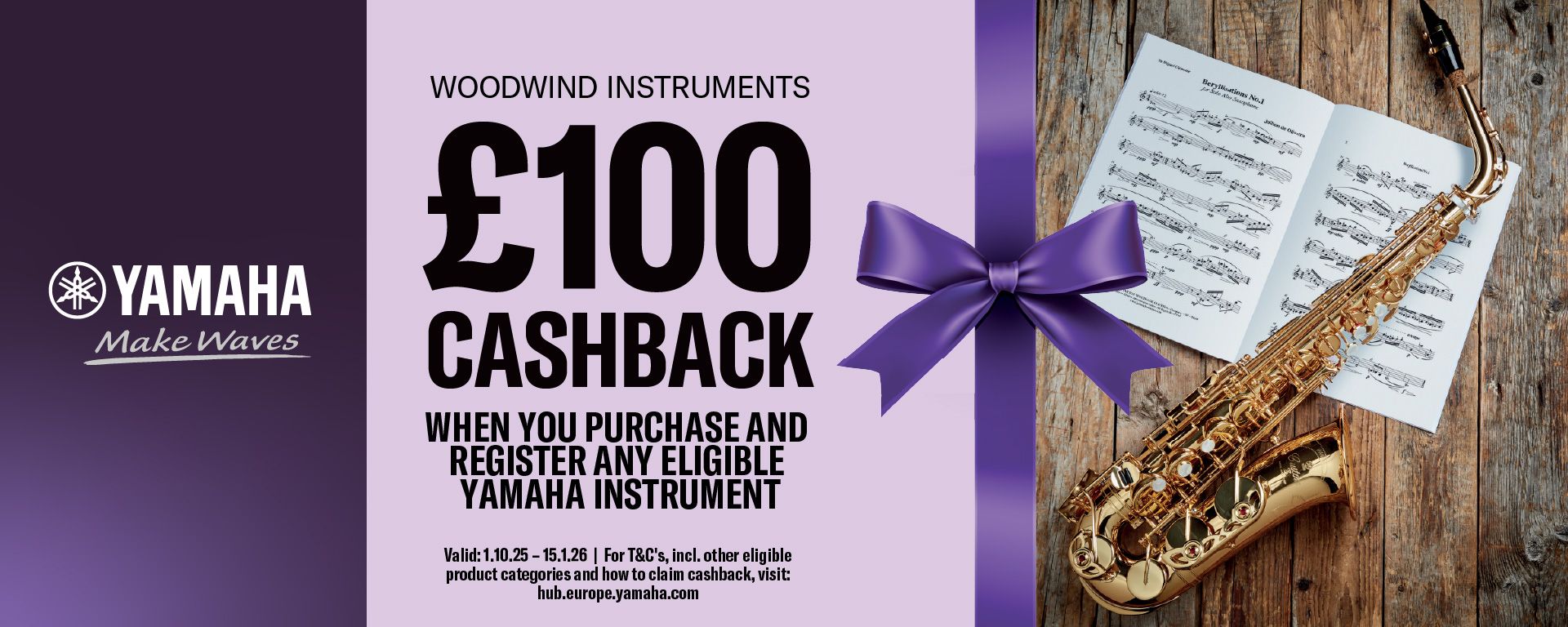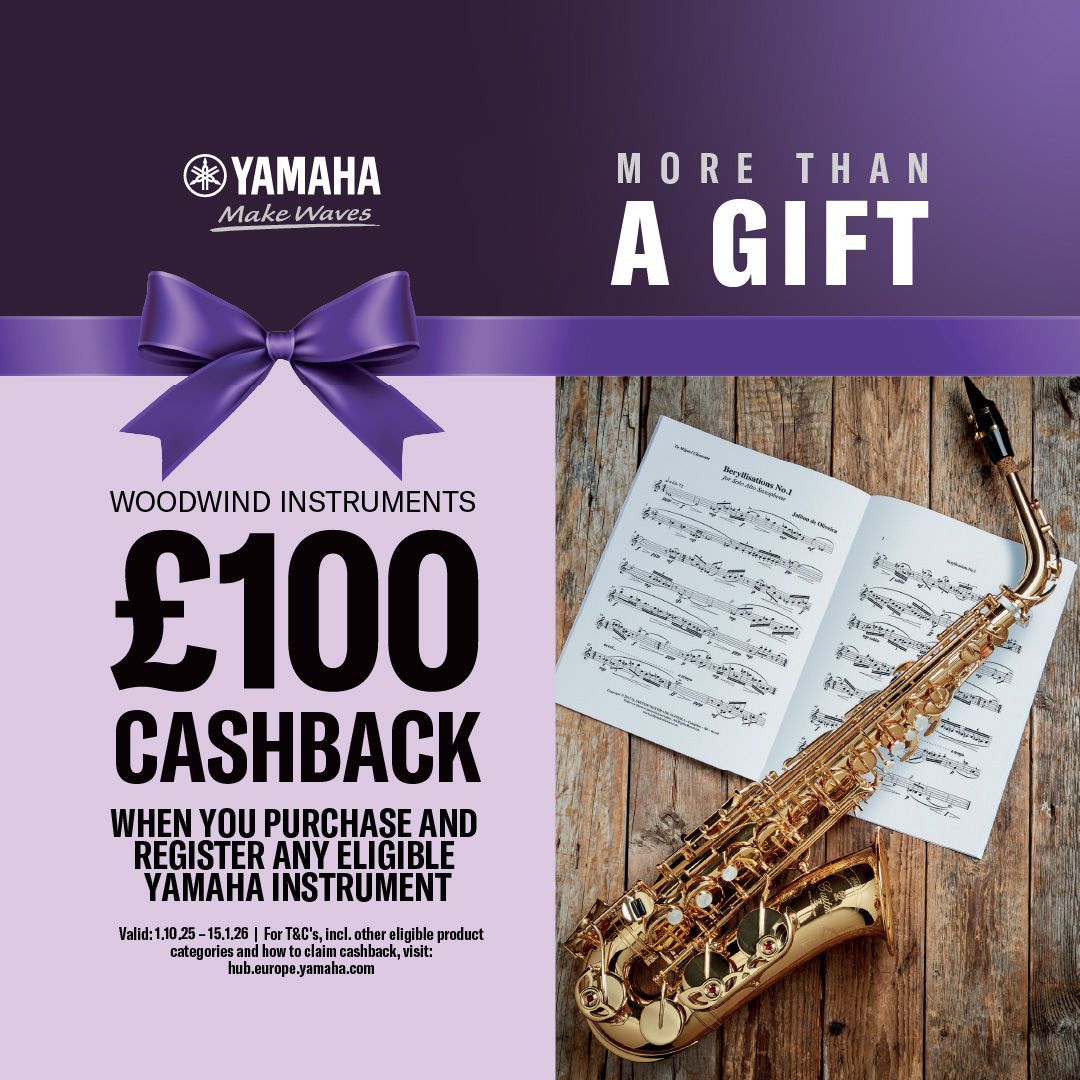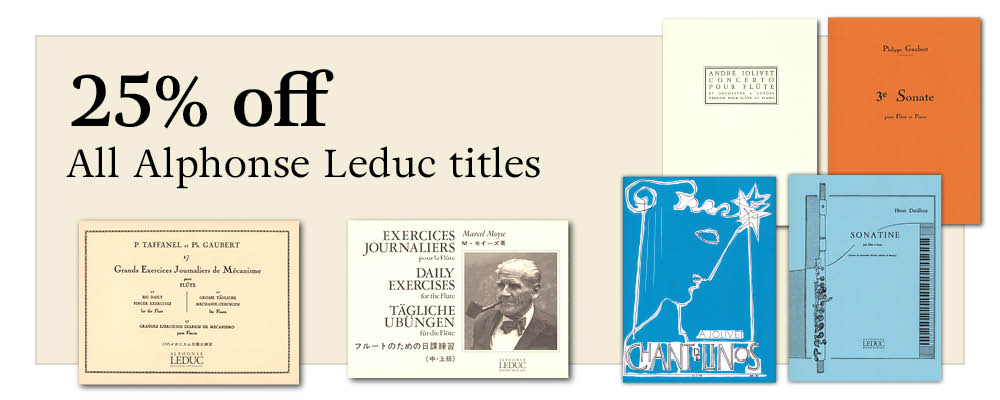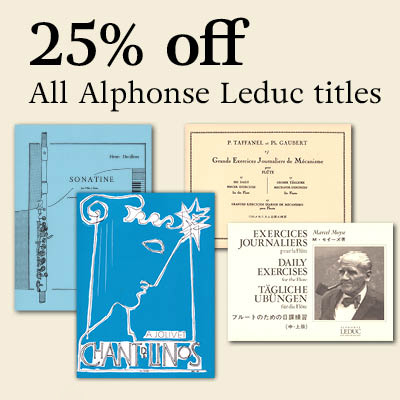Book of Dreams for Flute and Prepared Piano (2002)
- Interesting, worth a look
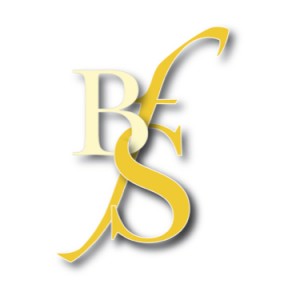
Pan - Journal of the British Flute Society
This 16-minute piece was written in 2002 and takes its inspiration from an extract of text taken from a lecture by Ludwig Wittgenstein relating to the symbolism and language of dreams.
The piano is prepared with a number of objects, including a small book, rubber wedge, curtain hooks and two mini discs, with detailed instructions provided. For the flute, fingerings are provided for quartertones and multiphonics in a chart at the front of the score. The level of research demonstrated here is impressive, since the composer provides alternative fingerings for closed and open hole flutes.
The piece is in nine movements, and both players perform from copies of the full score. The first movement is written using spatial notation, with each line of the score taking around 10 seconds. The second movement creates a percussive-sounding bass end of the piano, with a sinuous flute line allowed to soar above it. Movement three uses multiphonics and whistle tones. The fourth movement makes use of the piano’s middle pedal to create a drone-like effect, while the flute part features grace notes and wide interval leaps. There is one notational anomaly here, which suggests slap tonguing would sound a 7th lower than written; a logical interpretation of this would be to use tongue rams rather than the usual pizzicato slap tongue technique here.
The hypnotic fifth movement creates a gradually moving texture in the piano. Athanasiadis often makes use of textural techniques in the piece as a whole, with both hands of the piano situated in the same clef to create a strong sense of tessitura and colour. In this movement both hands are in the treble clef and marked ppp, with occasional bass notes added for brief moments of contrast. The flute makes use of harmonics and slow pitchbends to create additional tension against the harmony of the piano.
The short sixth movement is more fragmented in its construction, with feathered beaming adding a sense of flexibility to the rhythm. Quartertones are frequently used here, at very
soft dynamics, adding to the ethereal sense of the movement. Movement seven uses syncopations and the flute is instructed to take on the tone of a wooden flute, while in movement 8 the piano takes a on a toccata feel reminiscent of the fifth movement, but using a more limited set of pitches, while grace notes and harmonics characterise the flute part. The final movement is almost disarmingly simple in its rhythmic construction, using
only quavers and crotchets for the majority of the movement, and allowing the tones of the flute and piano to combine to create a new sonority.
This is a substantial piece which contains a lot of variety within the series of short movements. The instruments are used imaginatively and the prepared piano adds some fascinating timbres to the ensemble colour. This is well worth exploring and would be ideal for anyone looking for a new addition to the recital repertoire.
Carla Rees
Our Description
For flute and prepared piano.
Contents include:
Programme Note
Performance Notes
Prepared piano - Table of preparations.
Contents
- Imaginatively
- untitled (fast)
- Mysteriously
- Merrily
- Hypnotically
- untitled (slow)
- untitled (slow)
- untitled (slow)
- untitled (slow)
Item Details
Our Stock Code: 1370560Instrumentation
- Part 1: Flute
- Part 2: Piano
Category: Contemporary Flute and Piano Music
Publisher: United Music Publishers
Publisher's reference: UMP9185
Media Type: Paperback
Country of Origin: UK Mainland
HS Code: 49040000
